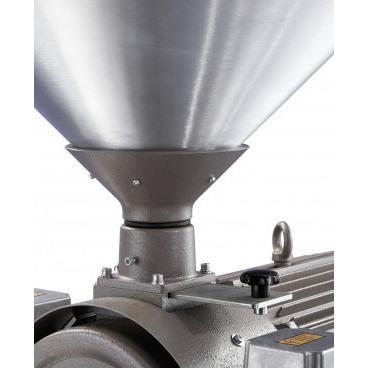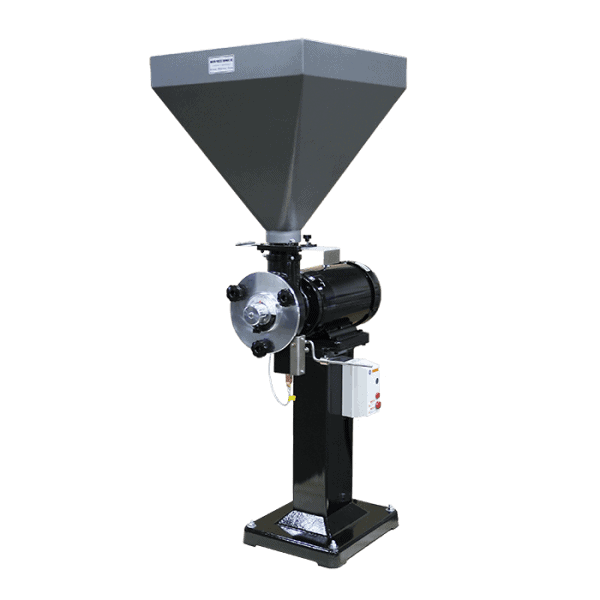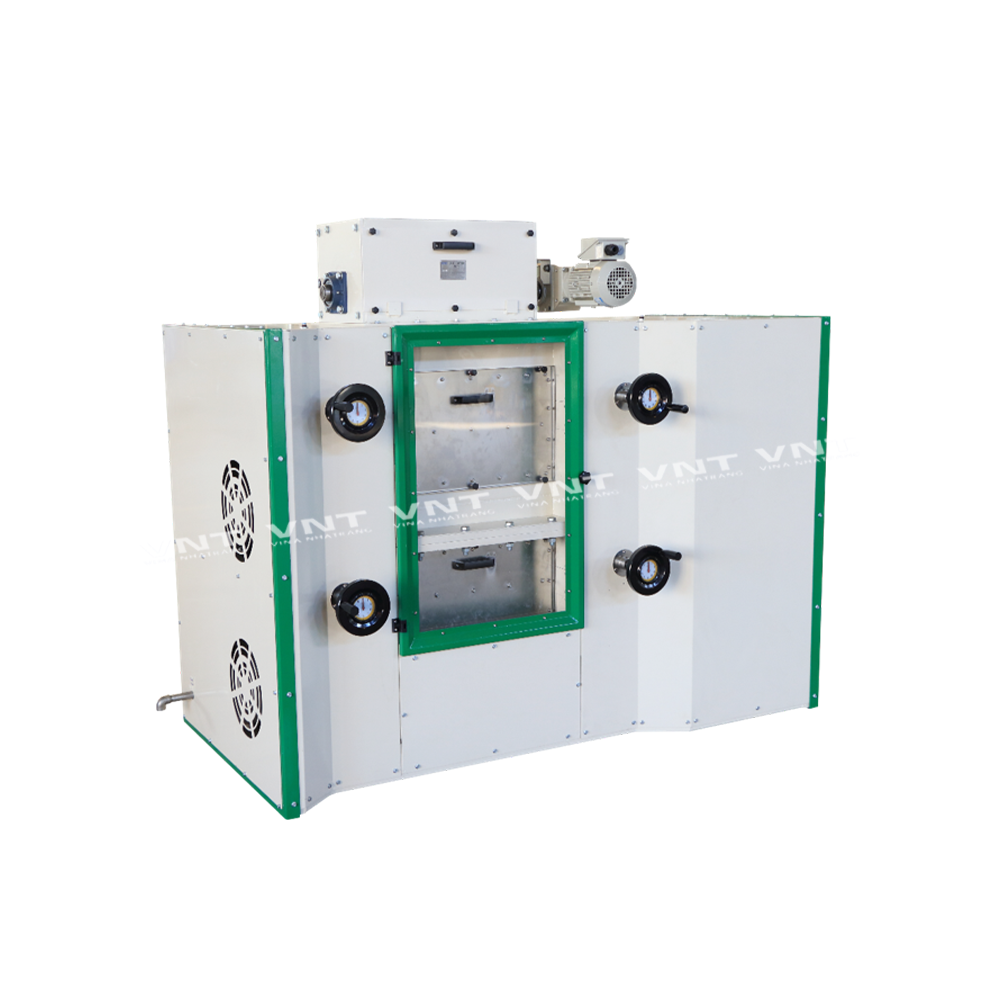A New User's Guide to Industrial Coffee Grinder Options
Wiki Article
Exactly How to Select the Perfect Industrial Coffee Grinder for Your Organization
Picking the ideal industrial coffee grinder for your organization is a multifaceted decision that needs mindful factor to consider of several vital aspects. Additionally, understanding the different kinds of mills offered can considerably affect your functional performance.Assess Your Grinding Needs
When selecting an industrial coffee grinder, one need to initially analyze their grinding demands to ensure optimal performance and consistency. This preliminary examination includes comprehending the volume of coffee to be processed daily, in addition to the preferred grind size for various brewing methods. A high-capacity mill might be essential for organizations offering huge amounts of coffee, while smaller procedures may find a more compact version enough.Additionally, it is important to take into consideration the kinds of coffee beans being utilized, as various beans might call for particular grinding methods to accomplish the ideal flavor profile. Oily beans might demand a mill developed to handle such features without clumping or overheating.
Another important element is the required work consistency. Specialized coffee organizations often require precise work sizes to boost removal and taste, making it vital to pick a grinder that can supply consistent outcomes. Ultimately, examining the available area and electrical demands will certainly help in picking a grinder that fits flawlessly into your functional workflow. By extensively evaluating these aspects, companies can make enlightened decisions that align with their coffee grinding requirements, inevitably resulting in a superior product and pleased consumers.
Understand Grinder Types
Comprehending the different kinds of commercial coffee mills is essential for making a notified choice that satisfies certain functional demands. There are mostly 2 classifications of grinders: blade grinders and burr grinders.Blade grinders utilize spinning blades to chop the coffee beans, resulting in an inconsistent grind size - Industrial Coffee Grinder. While they may be a lot more cost effective, they are usually not ideal for business applications where accuracy is necessary
On the various other hand, burr mills supply a much more uniform grind by squashing the beans in between two surfaces. They can be further categorized right into level burr and cone-shaped burr mills. Flat burr grinders provide a consistent work dimension and are normally favored for espresso prep work, while cone-shaped burr mills are versatile and can manage a series of brew methods, from espresso to French press.
When picking a mill, take into consideration the certain requirements of your organization, including wanted grind uniformity, manufacturing volume, and the kinds of coffee drinks you plan to offer - Industrial Coffee Grinder. Each grinder kind has its advantages and limitations, so understanding these subtleties allows informed decision-making that aligns with functional goals
Evaluate Work Size Uniformity
Accomplishing grind size consistency is important for generating top notch coffee, as variations in fragment dimension can dramatically affect removal and flavor. When picking an industrial coffee mill, it is crucial to examine how well the maker maintains uniformity in work size across various batches. Inconsistent work sizes can cause uneven removal, causing a cup that might taste weak or excessively bitter.To examine grind dimension consistency, take into consideration mills with features such as flexible work settings and top notch burrs. Burr mills, particularly, master generating consistent particle sizes contrasted to blade mills. The product and shape of the burrs play a crucial role, with stainless-steel and ceramic alternatives offering resilience and accuracy.

Think About Production Ability
In the hectic globe of coffee manufacturing, considering manufacturing ability is paramount for organizations aiming to meet demand without sacrificing quality. The manufacturing ability of a commercial coffee grinder straight influences a company's ability to fulfill orders efficiently, take care of supply, and react to rising and fall market fads.When analyzing manufacturing capability, it is important to assess the grinder's output price, typically determined in extra pounds per hour. This dimension needs to straighten with your service's predicted sales quantity and development targets. A coffee shop with a high turn over may call for a grinder that can refine numerous hundred extra pounds daily, while a smaller procedure might be adequate with a reduced capacity model.
In addition, consider the kind of coffee being processed. Various beans and blends may influence grinding rate and performance, necessitating a mill capable of taking care of diverse manufacturing needs. It's likewise worth factoring in the mill's ability to keep consistent top quality under high output conditions, as any type of fluctuations can influence the last item.
Eventually, selecting a mill that matches your business's production capacity will certainly ensure you remain receptive and affordable to customer assumptions.

Budget and Maintenance Aspects
When reviewing the right commercial coffee mill, upkeep and budget plan factors play a substantial function in the overall decision-making procedure. A preliminary investment in a top quality mill can produce lasting benefits, yet it's important to establish a clear budget plan that lines up with your company's operational requirements. Think about both the purchase cost and prospective functional costs, such as energy usage and replacement parts.
Maintenance is an additional critical facet that can affect your budget. Industrial coffee mills call for regular upkeep to guarantee ideal efficiency and longevity. Assess the supplier's recommendations for upkeep, consisting of cleansing routines and components substitute, as these will impact long-lasting functional expenses. Furthermore, take into consideration the schedule of service and support, as trustworthy aid can mitigate downtime and repair work expenses.

Investing in a grinder that is durable yet find more simple to keep can save cash with time. While lower-priced options may be alluring, they may incur higher upkeep expenses and reduced effectiveness. Inevitably, balancing preliminary expenses with lasting upkeep and operational efficiency will certainly direct you to the best option for your service's coffee grinding requirements.
Verdict
Selecting the perfect commercial coffee mill necessitates a complete assessment of grinding demands, mill kinds, grind dimension consistency, production capacity, and monetary factors to consider. An appropriate grinder not just boosts the a knockout post high quality of the coffee generated but likewise contributes to the total success and earnings of the enterprise.Specialized coffee companies commonly require accurate work dimensions to boost removal and flavor, making it vital to select a grinder that can provide consistent outcomes. Apartment burr mills provide a regular work size and are commonly preferred for espresso prep work, while conelike burr grinders are flexible and can handle an array of brew techniques, from coffee to French press.
When selecting a commercial coffee grinder, it is vital to evaluate exactly how well the machine preserves harmony in grind size throughout different batches. Burr mills, in certain, excel in creating consistent particle dimensions contrasted to blade grinders.Choosing the optimal industrial coffee mill necessitates an extensive examination of grinding requirements, grinder types, grind dimension uniformity, production capacity, and budgetary factors to consider.
Report this wiki page